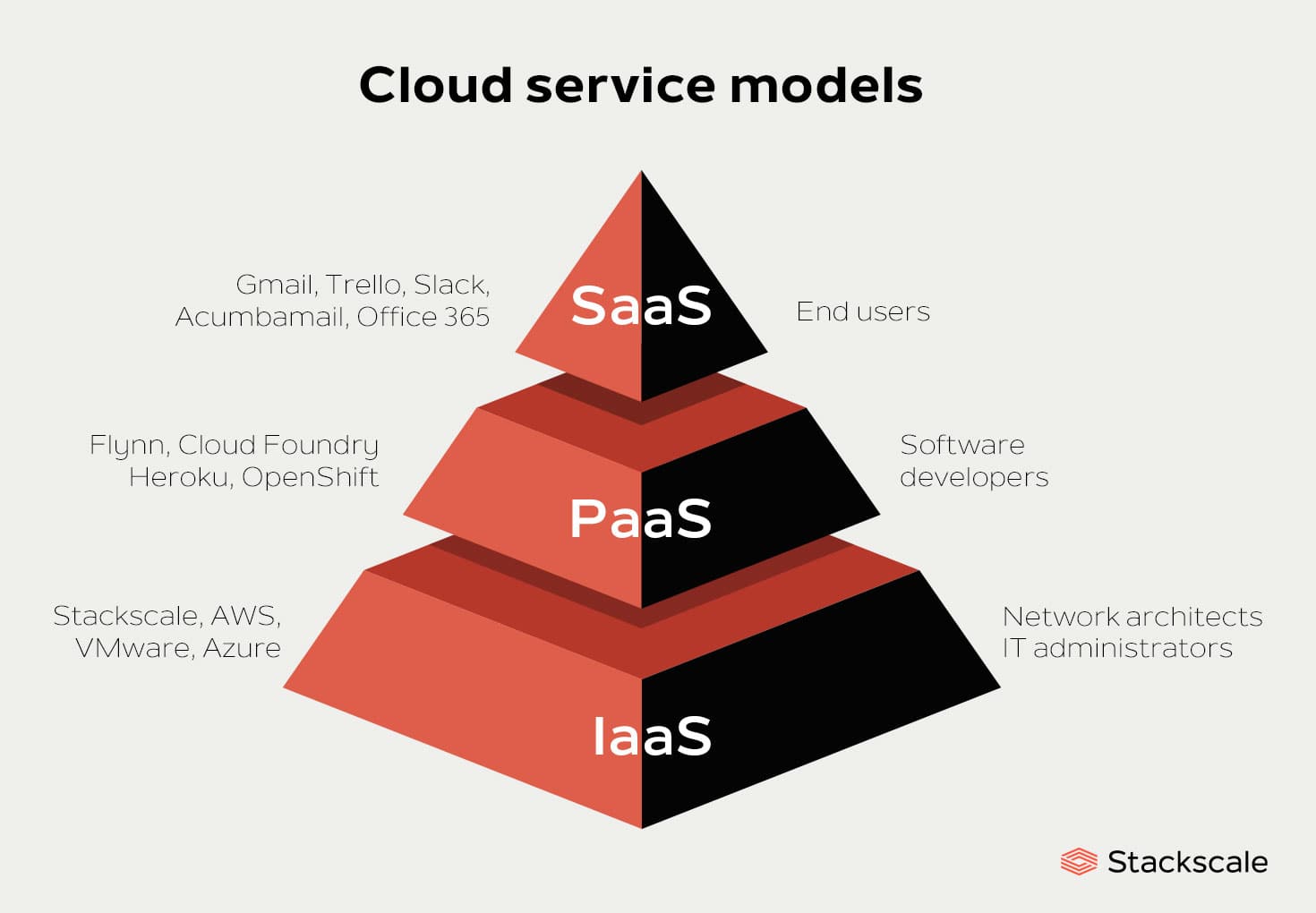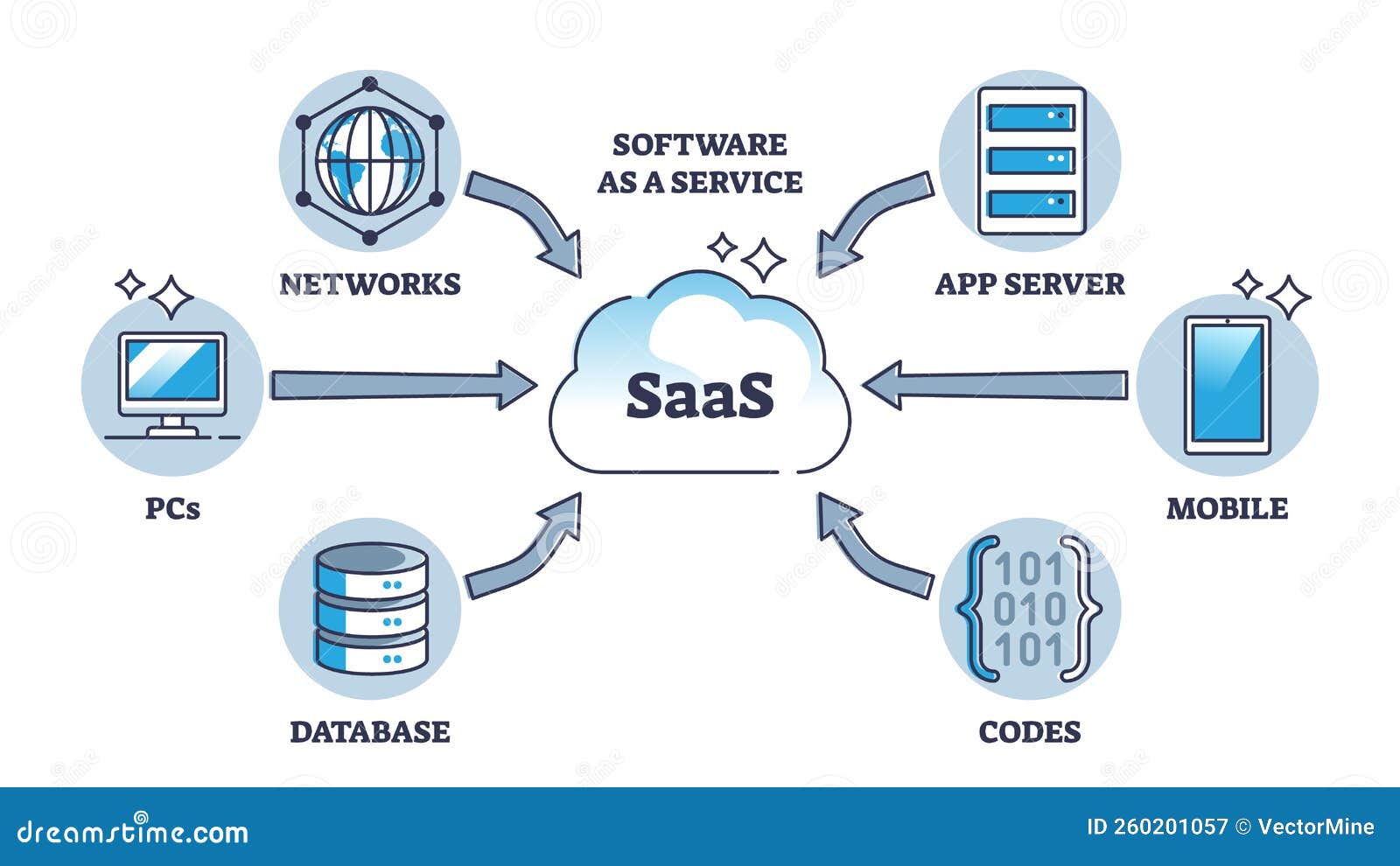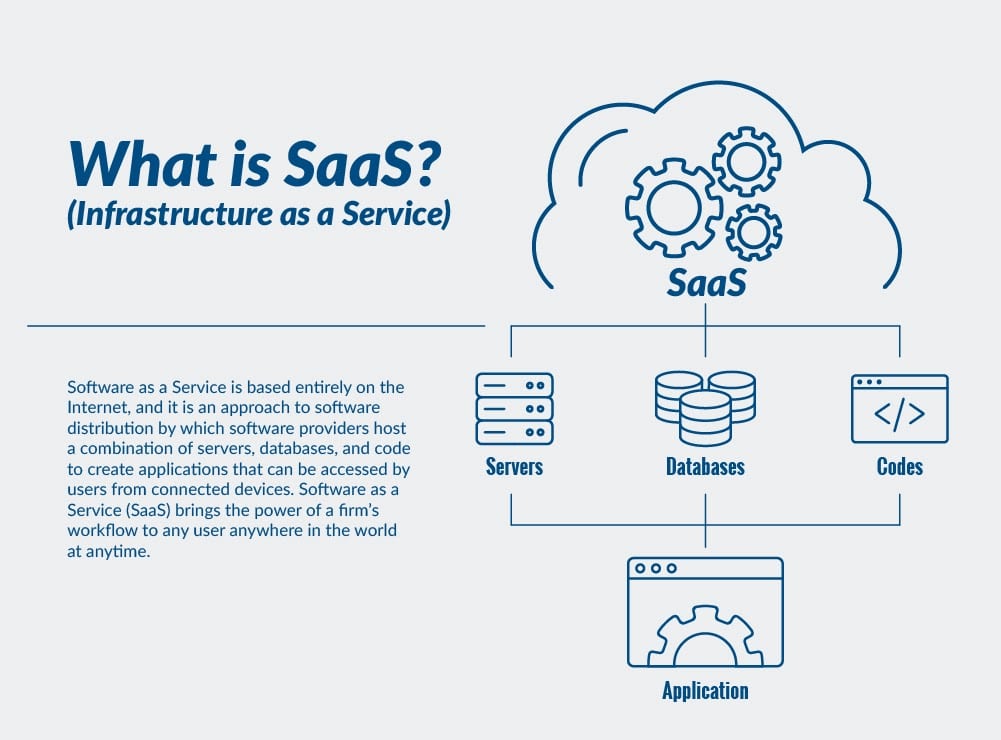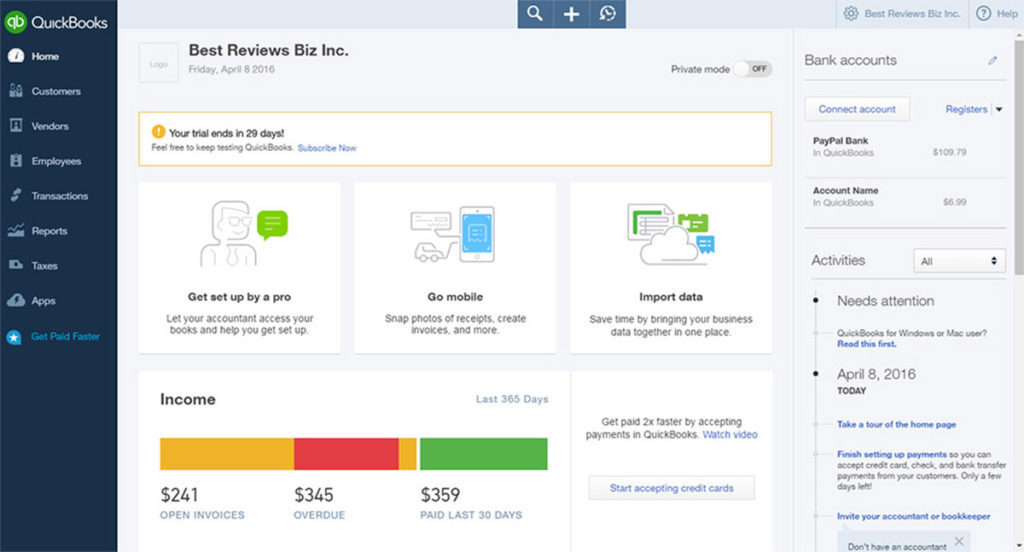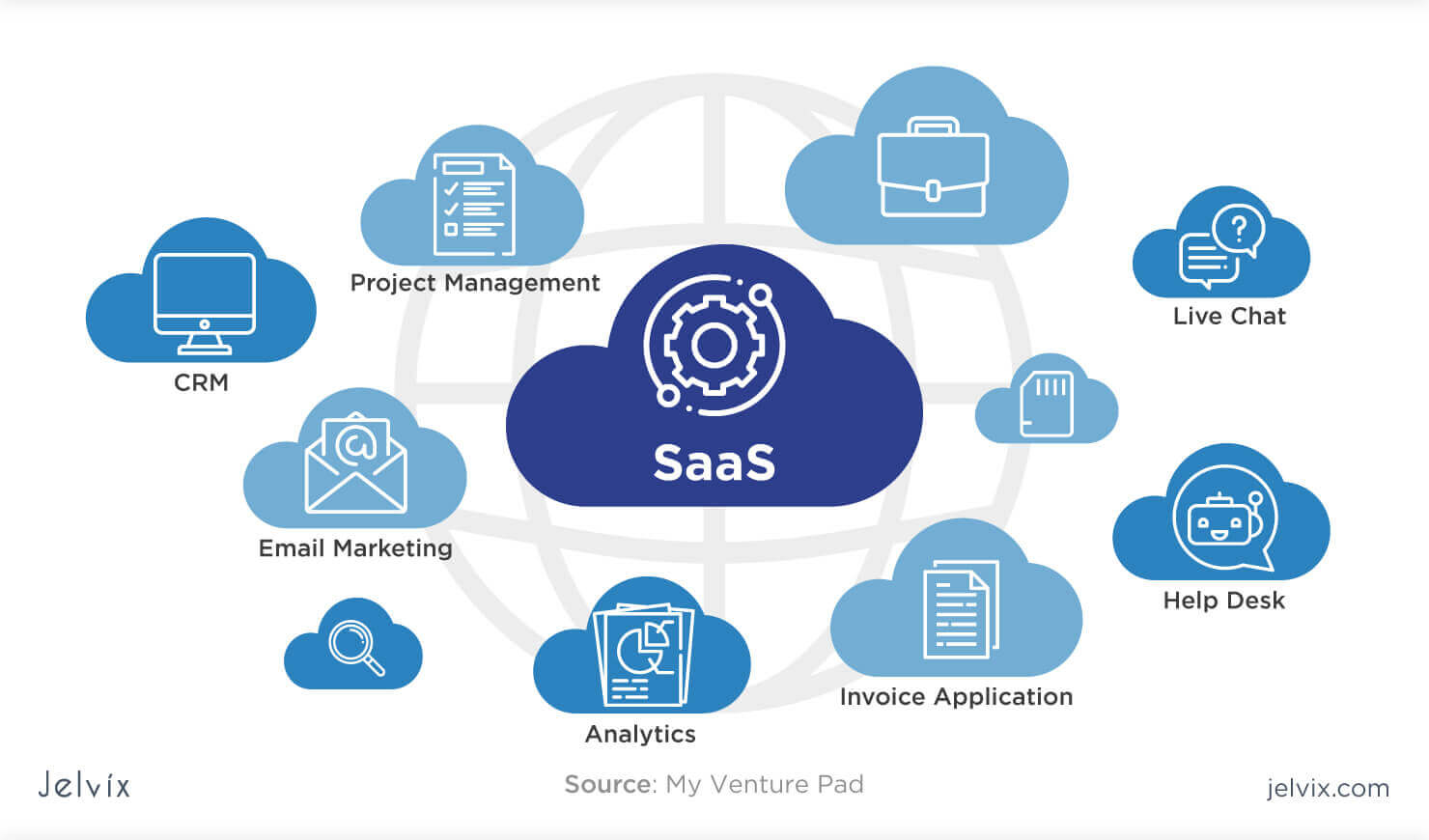What is SaaS and How Does it Apply to PCB Design?
The concept of Software as a Service (SaaS) has revolutionized the way businesses operate, providing scalable, cost-effective, and collaborative solutions for various industries. In the context of Printed Circuit Board (PCB) design, SaaS models have emerged as a game-changer, enabling designers and manufacturers to streamline their workflows, improve productivity, and reduce costs. By leveraging cloud-based SaaS platforms, PCB designers can access a vast array of tools, libraries, and templates, facilitating the creation of complex board designs with ease.
One of the primary advantages of SaaS in PCB design is its ability to provide real-time collaboration and version control. This enables multiple stakeholders to work together on a project, tracking changes and updates in real-time, and ensuring that all team members are on the same page. Moreover, SaaS platforms often provide access to a vast library of components and templates, reducing the need for manual creation and minimizing errors.
The application of SaaS in PCB design is not limited to collaboration and productivity. It also enables the implementation of innovative business models, such as subscription-based and pay-per-use models, which can help businesses reduce costs and improve revenue streams. For instance, a PCB design company can offer its customers a subscription-based service, providing access to a range of design tools and libraries for a flat monthly fee.
As the PCB design industry continues to evolve, the adoption of SaaS models is expected to play a critical role in driving innovation and growth. By providing scalable, cost-effective, and collaborative solutions, SaaS platforms can help businesses stay competitive, improve productivity, and reduce costs. As such, it is essential for PCB designers and manufacturers to understand the benefits and applications of SaaS in their industry, and to explore the various SaaS business models that can be applied to their operations.
How to Choose the Right SaaS Platform for Your PCB Design Needs
When selecting a Software as a Service (SaaS) platform for Printed Circuit Board (PCB) design, there are several key factors to consider. These include features, pricing, security, and customer support. A SaaS platform with a comprehensive set of features, such as design automation, simulation, and analysis tools, can help streamline the PCB design process and improve productivity.
Pricing is another critical factor to consider when choosing a SaaS platform for PCB design. Subscription-based models, pay-per-use models, and freemium models are common pricing strategies employed by SaaS providers. It is essential to evaluate the pricing model and ensure it aligns with your business needs and budget.
Security is a top concern for any business, and PCB design is no exception. When selecting a SaaS platform, it is crucial to evaluate the provider’s security measures, such as data encryption, access controls, and compliance with industry standards. A secure SaaS platform can help protect your intellectual property and prevent data breaches.
Customer support is another vital aspect to consider when choosing a SaaS platform for PCB design. Look for providers that offer comprehensive support, including documentation, tutorials, and responsive customer service. A SaaS platform with excellent customer support can help you get started quickly and ensure a smooth design process.
Popular SaaS platforms for PCB design, such as Altium 365 and Autodesk Eagle, offer a range of features, pricing models, and security measures. Altium 365, for example, provides a comprehensive set of design automation tools, simulation, and analysis capabilities, as well as a subscription-based pricing model. Autodesk Eagle, on the other hand, offers a freemium model, with a range of features and tools available for free, as well as paid upgrades for advanced capabilities.
When evaluating SaaS platforms for PCB design, it is essential to consider your specific business needs and requirements. By carefully evaluating features, pricing, security, and customer support, you can choose the right SaaS platform for your PCB design needs and unlock the full potential of cloud-based design and collaboration.
The Benefits of Cloud-Based PCB Design and Collaboration
Cloud-based Software as a Service (SaaS) platforms have revolutionized the way Printed Circuit Board (PCB) designers and manufacturers work together. By providing real-time collaboration, version control, and access to a vast library of components and templates, SaaS platforms have made it possible for teams to work more efficiently and effectively.
One of the primary benefits of cloud-based PCB design is the ability to collaborate in real-time. With SaaS platforms, multiple stakeholders can work together on a project, tracking changes and updates in real-time. This eliminates the need for manual version control and reduces the risk of errors.
Another significant advantage of cloud-based PCB design is the access to a vast library of components and templates. SaaS platforms provide a comprehensive library of pre-built components and templates, which can be easily integrated into designs. This saves time and reduces the need for manual creation of components.
Cloud-based PCB design also enables the use of advanced simulation and analysis tools. SaaS platforms provide access to a range of simulation and analysis tools, which can be used to test and validate designs. This reduces the risk of errors and ensures that designs are optimized for performance.
In addition to these benefits, cloud-based PCB design also provides a range of other advantages, including reduced costs, increased scalability, and improved security. By leveraging cloud-based SaaS platforms, PCB designers and manufacturers can reduce their costs, increase their scalability, and improve their security.
For example, a PCB design company can use a cloud-based SaaS platform to collaborate with its customers and partners in real-time. This enables the company to respond quickly to customer requests, reduce errors, and improve overall customer satisfaction.
Overall, cloud-based PCB design and collaboration have the potential to revolutionize the way PCB designers and manufacturers work together. By providing real-time collaboration, version control, and access to a vast library of components and templates, SaaS platforms can help teams work more efficiently and effectively.
Monetizing Your PCB Design Business with SaaS Models
Software as a Service (SaaS) business models have revolutionized the way companies operate, and the Printed Circuit Board (PCB) design industry is no exception. By adopting SaaS models, PCB design businesses can unlock new revenue streams, improve customer engagement, and stay competitive in a rapidly evolving market. In this section, we’ll explore the various SaaS business models that can be applied to the PCB design industry, including their pros and cons, and provide examples of successful implementations.
One of the most common SaaS business models for PCB design is the subscription-based model. This model involves charging customers a recurring fee, typically monthly or annually, for access to PCB design software and tools. The subscription-based model provides a predictable revenue stream and incentivizes customers to continue using the software. For example, Altium 365 offers a subscription-based model that provides customers with access to its PCB design software, as well as collaboration and data management tools.
Another SaaS business model for PCB design is the pay-per-use model. This model involves charging customers for each use of the software or tool, rather than a recurring subscription fee. The pay-per-use model is ideal for customers who only need to use the software occasionally, and can help to reduce costs. For example, Autodesk Eagle offers a pay-per-use model for its PCB design software, which allows customers to pay only for the features and tools they need.
The freemium model is another SaaS business model that can be applied to the PCB design industry. This model involves offering a basic version of the software or tool for free, while charging for premium features and tools. The freemium model can help to attract new customers and encourage them to upgrade to paid plans. For example, KiCad offers a free, open-source PCB design software, while also offering paid support and services for enterprise customers.
When implementing SaaS business models for PCB design, it’s essential to consider the pros and cons of each model. For example, subscription-based models can provide a predictable revenue stream, but may require significant upfront investment in software development and marketing. Pay-per-use models can help to reduce costs, but may require complex pricing and billing systems. Freemium models can help to attract new customers, but may require significant investment in customer support and services.
Despite the challenges, many PCB design businesses have successfully implemented SaaS models to drive revenue growth and improve customer engagement. By understanding the different SaaS business models available, and carefully considering the pros and cons of each, PCB design businesses can unlock new revenue streams and stay competitive in a rapidly evolving market.
Overcoming the Challenges of Implementing SaaS in PCB Design
As the Printed Circuit Board (PCB) design industry continues to adopt software as a service (SaaS) business models, several challenges and concerns arise. Implementing SaaS models can be a complex process, requiring careful consideration of various factors to ensure a smooth transition. In this section, we will address the common challenges and concerns associated with adopting SaaS models in the PCB design industry.
Data security is a top concern for many PCB design businesses, as sensitive design files and intellectual property (IP) are often stored in the cloud. To mitigate this risk, it is essential to choose a SaaS provider that offers robust security measures, such as encryption, access controls, and regular backups. Additionally, businesses should ensure that their SaaS provider complies with relevant industry standards and regulations, such as ISO 27001 and GDPR.
Another challenge is protecting intellectual property (IP) rights. PCB design businesses must ensure that their SaaS provider has adequate measures in place to prevent unauthorized access or misuse of their IP. This can include non-disclosure agreements (NDAs), secure data storage, and access controls. Furthermore, businesses should carefully review their SaaS provider’s terms and conditions to ensure that they retain ownership of their IP.
Integration with existing workflows is also a significant challenge. PCB design businesses often have established workflows and systems in place, and integrating a new SaaS platform can be a complex process. To overcome this challenge, businesses should choose a SaaS provider that offers seamless integration with their existing tools and systems. This can include APIs, plugins, and other integration tools.
Change management is another critical aspect of implementing SaaS models in the PCB design industry. Businesses must ensure that their employees are adequately trained and supported during the transition to a SaaS platform. This can include providing comprehensive training programs, documentation, and technical support.
Finally, businesses must also consider the total cost of ownership (TCO) when implementing a SaaS model. While SaaS models can offer significant cost savings, businesses must also consider the costs associated with implementation, training, and support. By carefully evaluating the TCO, businesses can ensure that they are making an informed decision about their SaaS investment.
By understanding and addressing these challenges, PCB design businesses can successfully implement SaaS models and reap the benefits of increased collaboration, improved productivity, and reduced costs. As the industry continues to evolve, it is essential to stay ahead of the curve and leverage the latest technologies and innovations to remain competitive.
Real-World Examples of Successful SaaS-Based PCB Design Businesses
The adoption of software as a service (SaaS) business models for PCB design has been gaining momentum in recent years, with many companies achieving significant benefits from this approach. In this section, we will showcase real-world examples of companies that have successfully implemented SaaS models in their PCB design businesses.
One notable example is Altium, a leading provider of PCB design software. Altium’s SaaS platform, Altium 365, offers a cloud-based solution for PCB design, collaboration, and manufacturing. With Altium 365, users can access a vast library of components, collaborate with team members in real-time, and manufacture PCBs with ease. Altium’s SaaS model has enabled the company to expand its customer base and increase revenue.
Another example is Autodesk, a well-known provider of design and engineering software. Autodesk’s SaaS platform, Autodesk Eagle, offers a cloud-based solution for PCB design, simulation, and manufacturing. With Autodesk Eagle, users can access a vast library of components, simulate PCB designs, and manufacture PCBs with ease. Autodesk’s SaaS model has enabled the company to increase its customer base and improve customer satisfaction.
Siemens is another company that has successfully implemented a SaaS model for PCB design. Siemens’ SaaS platform, Xpedition, offers a cloud-based solution for PCB design, simulation, and manufacturing. With Xpedition, users can access a vast library of components, simulate PCB designs, and manufacture PCBs with ease. Siemens’ SaaS model has enabled the company to expand its customer base and increase revenue.
These examples demonstrate the potential of SaaS business models for PCB design. By adopting a SaaS approach, companies can reduce costs, improve collaboration, and increase revenue. As the PCB design industry continues to evolve, it is likely that SaaS models will play an increasingly important role.
In addition to these examples, many other companies are also achieving success with SaaS-based PCB design businesses. For instance, companies like SnapEDA, PCBWay, and JLCPCB are offering innovative SaaS solutions for PCB design, manufacturing, and assembly. These companies are leveraging the power of cloud-based technologies to provide scalable, cost-effective, and collaborative solutions for PCB designers and manufacturers.
These real-world examples demonstrate the potential of SaaS business models for PCB design. By adopting a SaaS approach, companies can reduce costs, improve collaboration, and increase revenue. As the PCB design industry continues to evolve, it is likely that SaaS models will play an increasingly important role.
The Future of PCB Design: Trends and Predictions for SaaS Adoption
The Printed Circuit Board (PCB) design industry is undergoing a significant transformation, driven by the adoption of software as a service (SaaS) business models. As the industry continues to evolve, it is essential to understand the current trends and future predictions for SaaS adoption in PCB design.
One of the most significant trends in PCB design is the increasing use of artificial intelligence (AI) and machine learning (ML) algorithms. SaaS platforms are leveraging AI and ML to provide advanced design automation, simulation, and analysis capabilities. This trend is expected to continue, with AI-powered SaaS platforms becoming more prevalent in the PCB design industry.
Another trend is the growing importance of the Internet of Things (IoT). As the number of connected devices increases, the demand for PCBs that can support IoT applications is rising. SaaS platforms are responding to this trend by providing IoT-specific design tools and features. This trend is expected to continue, with SaaS platforms playing a critical role in the development of IoT-enabled PCBs.
The adoption of 5G technology is also expected to have a significant impact on the PCB design industry. SaaS platforms are being developed to support the design of 5G-enabled PCBs, with features such as high-speed design automation and simulation. This trend is expected to continue, with SaaS platforms playing a critical role in the development of 5G-enabled PCBs.
In addition to these trends, there are several predictions for the future of SaaS adoption in PCB design. One prediction is that SaaS platforms will become more specialized, with platforms emerging that cater to specific industries or applications. Another prediction is that SaaS platforms will become more integrated, with platforms providing seamless integration with other design tools and systems.
Another prediction is that SaaS platforms will become more focused on collaboration and teamwork. As the PCB design industry becomes more global and distributed, SaaS platforms will need to provide advanced collaboration and teamwork features to support remote teams. This trend is expected to continue, with SaaS platforms playing a critical role in enabling global collaboration and teamwork in the PCB design industry.
Finally, there is a prediction that SaaS platforms will become more focused on security and intellectual property protection. As the PCB design industry becomes more dependent on SaaS platforms, security and intellectual property protection will become increasingly important. SaaS platforms will need to provide advanced security features and intellectual property protection mechanisms to protect sensitive design data and intellectual property.
In conclusion, the future of PCB design is closely tied to the adoption of SaaS business models. As the industry continues to evolve, it is essential to understand the current trends and future predictions for SaaS adoption in PCB design. By embracing SaaS models, PCB designers and manufacturers can stay competitive, improve collaboration, and drive innovation in the industry.
Conclusion: Unlocking the Full Potential of SaaS in PCB Design
In conclusion, the adoption of software as a service (SaaS) business models for PCB design is a game-changer for the industry. By providing scalable, cost-effective, and collaborative solutions, SaaS models can help PCB designers and manufacturers stay competitive, improve collaboration, and drive innovation.
Throughout this article, we have explored the benefits of SaaS models for PCB design, including real-time collaboration, version control, and access to a vast library of components and templates. We have also discussed the key factors to consider when selecting a SaaS platform for PCB design, including features, pricing, security, and customer support.
Additionally, we have examined the various SaaS business models that can be applied to the PCB design industry, including subscription-based, pay-per-use, and freemium models. We have also addressed the common challenges and concerns associated with adopting SaaS models in the PCB design industry, including data security, intellectual property protection, and integration with existing workflows.
Real-world examples of companies that have successfully implemented SaaS models in their PCB design businesses have also been showcased, demonstrating the potential of SaaS models to drive growth and innovation in the industry.
Finally, we have discussed the current trends and future predictions for SaaS adoption in the PCB design industry, including the impact of emerging technologies like AI, IoT, and 5G. As the industry continues to evolve, it is essential to stay ahead of the curve and leverage the latest technologies and innovations to remain competitive.
In summary, SaaS models have the potential to unlock the full potential of PCB design, enabling designers and manufacturers to create innovative, high-quality products quickly and efficiently. By embracing SaaS models, the PCB design industry can drive growth, innovation, and success in the years to come.

